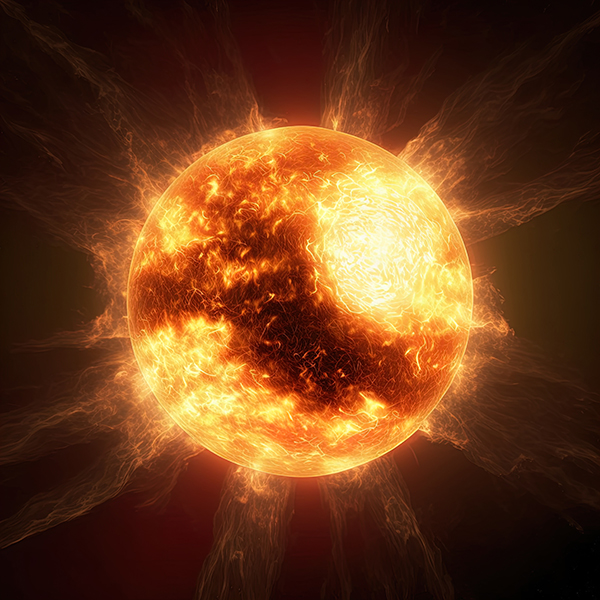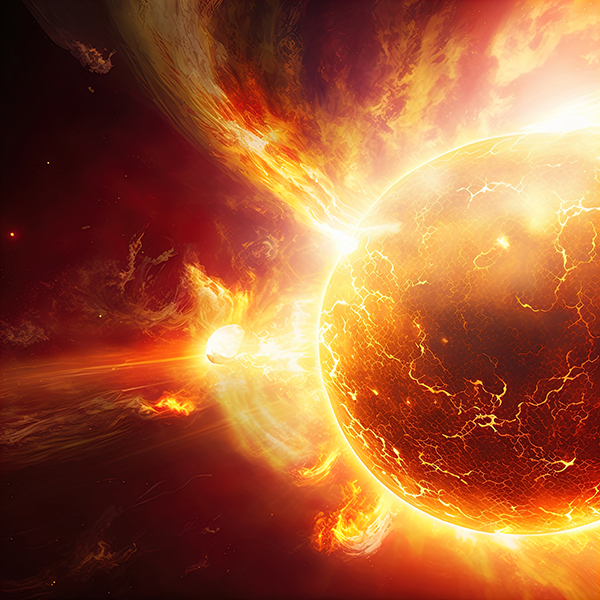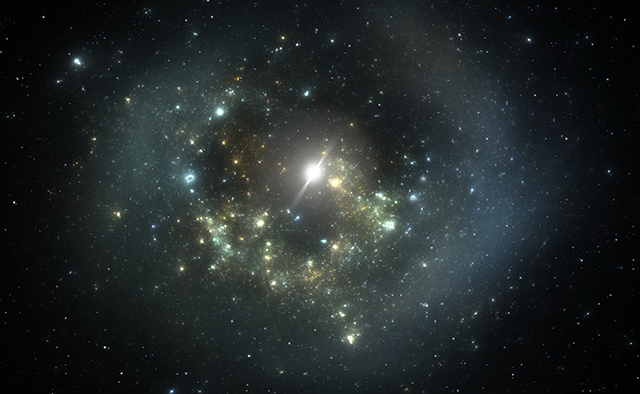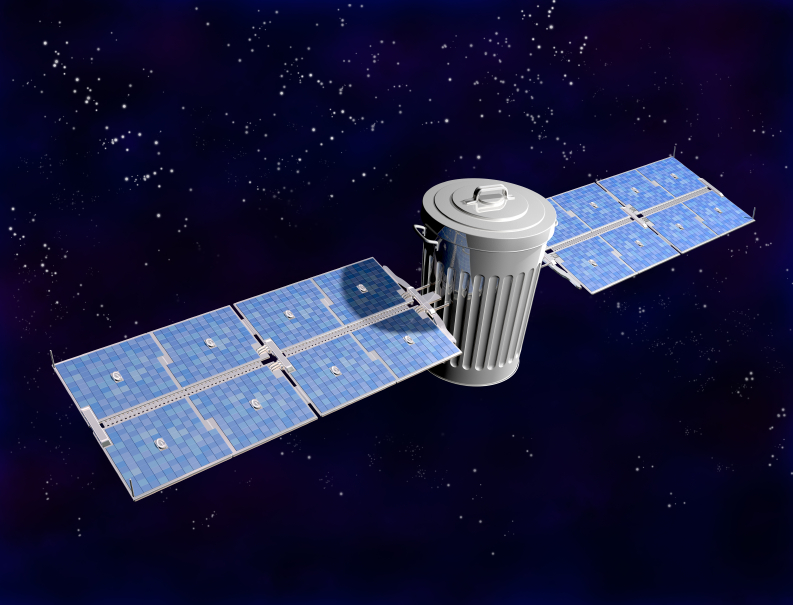X-class solar flare sparks worldwide disruptions, with more storms expected as sunspot turns toward Earth
05/15/2025 / By Cassie B.

- The sun released its most powerful solar flare of the year—an X2.7-class eruption—disrupting radio communications across Europe, Asia, and the Middle East.
- Sunspot AR4087, the source of the flare, is rotating toward Earth, raising concerns about stronger solar storms that could damage satellites and power grids.
- The flare’s radiation ionized Earth’s upper atmosphere, causing high-frequency radio blackouts that affected aviation, maritime, and emergency communications.
- NOAA classified the event as an R3-level “strong” flare, warning that the sunspot remains active and could trigger a more dangerous coronal mass ejection (CME).
- Experts highlight the need for better preparedness, citing past solar storms like the 1859 Carrington Event, which caused widespread technological failures.
The sun has fired its most powerful solar flare of the year, a violent X2.7-class eruption that crippled radio communications across Europe, Asia, and the Middle East. The blast, originating from sunspot AR4087, sent a torrent of radiation hurtling toward Earth at the speed of light, ionizing the upper atmosphere and disrupting critical high-frequency signals.
Experts warn this may only be the beginning, as the volatile sunspot rotates into direct alignment with Earth, raising fears of intensified solar storms capable of damaging satellites, power grids, and global infrastructure.
Solar flares and the threat to modern technology
Solar flares are sudden explosions of energy caused by the release of tangled magnetic fields near sunspots—dark, magnetically active regions on the sun’s surface. The May 14 eruption, classified as an X2.7 flare, ranks on the lower end of the most severe category, yet its impact was immediate. The flare’s X-rays and extreme ultraviolet radiation bombarded Earth’s ionosphere, stripping electrons from atoms and creating charged layers that absorb or distort radio waves.
“This is getting intense, especially as this active region turns closer into view,” aurora chaser Vincent Ledvina observed in a social media post.
The same sunspot later unleashed an M5.3-class flare, followed by an M7.74-class eruption the next morning. While M-class flares are less severe, their cumulative effect, combined with the sunspot’s growing alignment with Earth, heightens concerns.
Why radio blackouts matter
The blackouts primarily affected daylight regions, where the ionosphere’s ionization was most intense. Aviation, maritime, and emergency communication systems relying on high-frequency radio waves faced temporary outages, underscoring society’s vulnerability to space weather. Solar flares disrupt not only radio but also GPS signals and satellite operations, with prolonged exposure risking damage to orbital infrastructure.
The National Oceanic and Atmospheric Administration (NOAA) confirmed the flare’s R3-level impact, a “strong” event on its five-tier scale. “Flares of this magnitude are not frequent,” NOAA officials noted, emphasizing the rarity of such eruptions. Yet with AR4087 still crackling with activity, the potential for a coronal mass ejection (CME)—a slower but far more destructive plasma surge—looms.
A wake-up call for preparedness
Last year, government agencies conducted a simulated exercise exposing glaring gaps in U.S. readiness for a severe solar storm. Participants grappled with a hypothetical scenario in which multiple CMEs triggered prolonged geomagnetic storms, crippling power grids and communication networks. The exercise revealed critical shortcomings in forecasting and response protocols, highlighting the need for improved space weather monitoring.
While this week’s flare was not accompanied by a confirmed CME, the sunspot’s trajectory suggests Earth may soon face direct hits. Historical precedents, like the 1859 Carrington Event—a solar storm that ignited telegraph lines—prove such events can cascade into catastrophic failures.
A stormy forecast for humanity
As AR4087 turns toward Earth, the planet braces for further disruptions. Solar activity follows an 11-year cycle, and with the sun approaching its next peak, scientists urge vigilance. Unlike hurricanes or earthquakes, solar storms offer minimal warning, leaving little time to safeguard vital systems. This week’s blackouts serve as a stark reminder: in an era dependent on fragile technology, the sun’s wrath is a force we cannot ignore.
Sources for this article include:
Submit a correction >>
Tagged Under:
CME, communications, cosmos, glitch, solar flare, solar storm, Space, space weather
This article may contain statements that reflect the opinion of the author
RECENT NEWS & ARTICLES
Cosmic.News is a fact-based public education website published by Cosmic News Features, LLC.
All content copyright © 2018 by Cosmic News Features, LLC.
Contact Us with Tips or Corrections
All trademarks, registered trademarks and servicemarks mentioned on this site are the property of their respective owners.




















